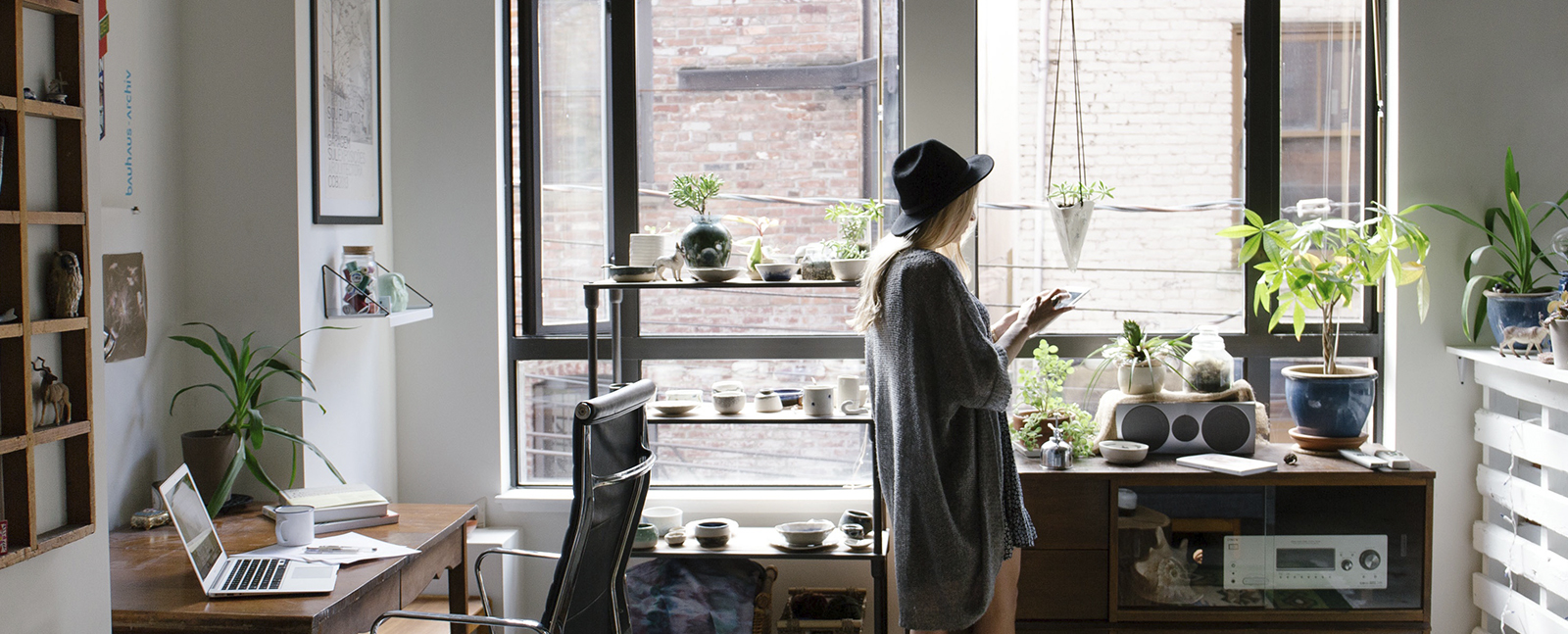A home is more than just a place to live—it should adapt and grow alongside your changing lifestyle. Whether you’re a young professional, a growing family, or transitioning into retirement, creating a space that evolves with you ensures comfort, functionality, and long-term happiness. Here’s how to design a home that meets your needs at every stage of life.
A Home for Young Professionals
As a young professional, your home should be a blend of style, functionality, and flexibility. You need a space that supports your work-life balance, social life, and relaxation.
- Multipurpose Living Areas: With remote work becoming more common, a home office or adaptable workspace is a must. Consider furniture that doubles as storage or a foldable desk to maximize space.
- Smart Home Technology: Investing in smart lighting, security systems, and voice-controlled assistants can make daily life more efficient.
- Minimalist Yet Personalized Décor: A clutter-free environment helps with focus and relaxation. However, adding personal touches like art, travel souvenirs, or statement furniture can make it feel like home.
- Social Spaces: If you love entertaining, a stylish yet functional kitchen, open-plan dining, or a cozy balcony can enhance your hosting experience.
A Home That Grows with Your Family
As your family expands, your home should accommodate evolving needs, from children’s play areas to efficient storage solutions.
- Flexible Room Layouts: Rooms that can be easily adapted—such as a guest room doubling as a nursery—allow your home to grow with your family.
- Durable and Practical Design: Child-friendly furniture, easy-to-clean surfaces, and ample storage are key to maintaining an organized and functional space.
- Outdoor Play and Family Spaces: If possible, having a garden or safe outdoor area can be a great addition for both relaxation and play.
- Zoning for Privacy and Togetherness: A balance between open family spaces and private retreats ensures that everyone has a place to unwind.
A Home Designed for Later Life
As you enter your later years, comfort, accessibility, and a sense of community become increasingly important. Ensuring your home is suited to your evolving lifestyle can help maintain independence and enhance well-being.
- Accessibility Upgrades: Features such as wider doorways, walk-in showers, and step-free entrances can future-proof your home.
- Comfort-Focused Design: Ergonomic furniture, improved lighting, and easy-to-maintain spaces can make daily living more enjoyable.
- A Supportive Community: Being surrounded by a strong community enhances social well-being and provides access to support when needed. If staying at home becomes challenging, considering a reputable residence such as Stanshaw Care Home in Yate offers a welcoming and nurturing environment with the care and companionship you need to thrive.
Making Your Home Work for Every Stage
No matter what stage of life you’re in, designing a home that evolves with you is about planning ahead and making adaptable choices.
- Invest in Timeless, Versatile Furniture: Choose pieces that can transition between different life stages, such as modular sofas or extendable dining tables.
- Prioritize Storage and Organization: Efficient storage solutions make it easier to adapt your home without cluttering your space.
- Think Long-Term with Renovations: If you’re upgrading your home, consider how changes will benefit you in the years to come, from energy-efficient improvements to smart layouts.
Creating a home that evolves with your lifestyle means building a space that nurtures your changing needs, providing comfort, functionality, and a sense of belonging at every stage of life. With thoughtful design and forward planning, your home can truly grow with you.


